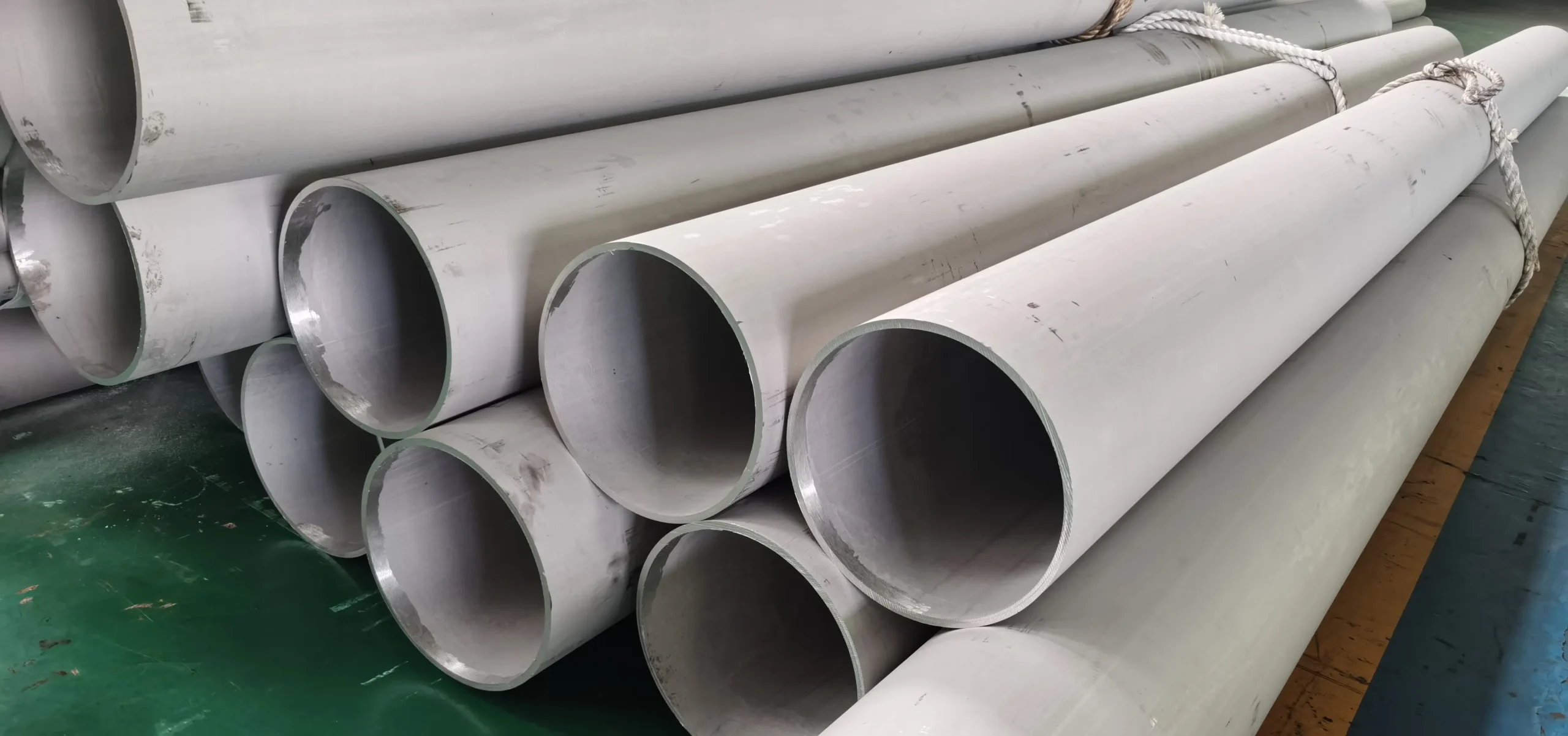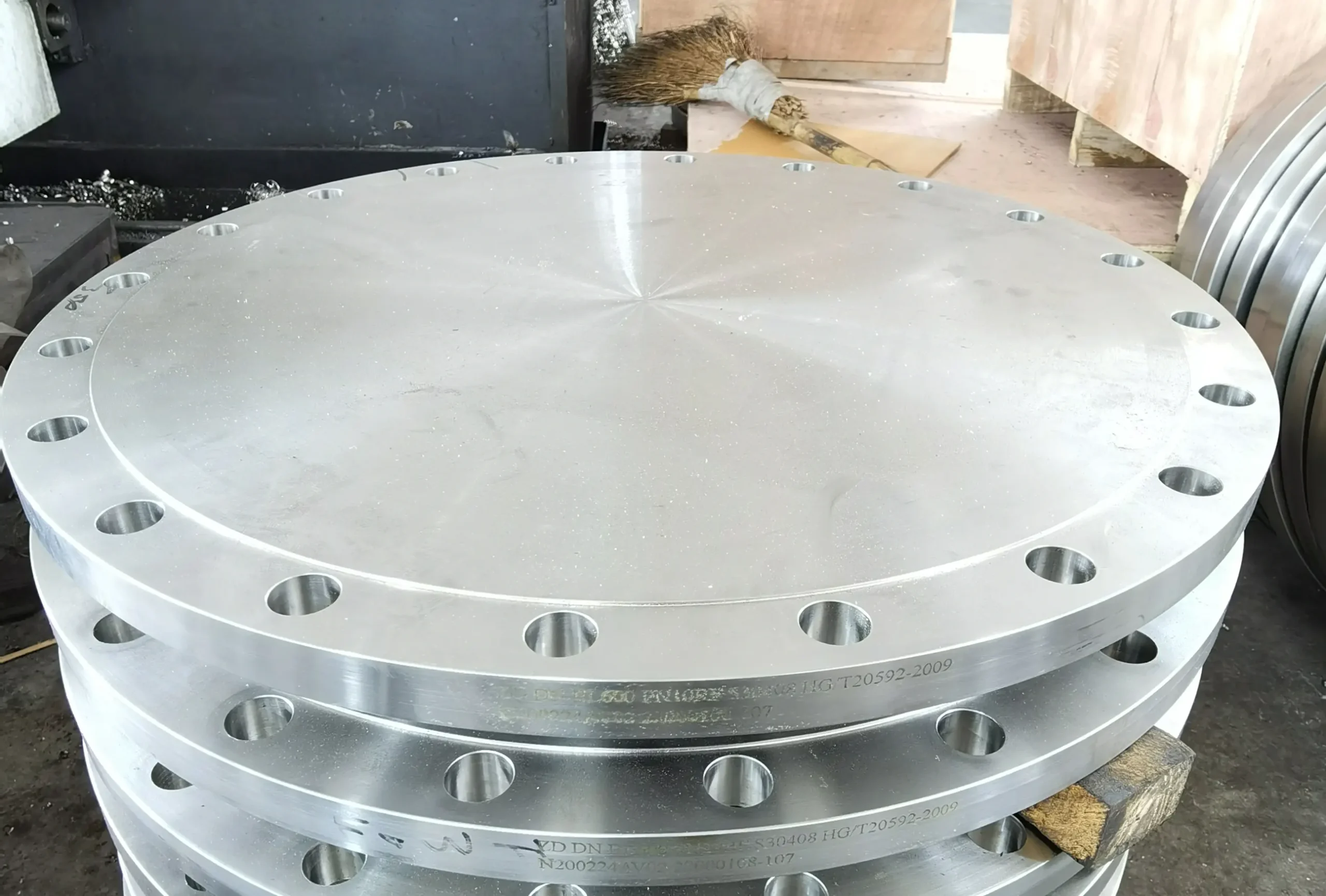What is ASME BPE ? If you’re responsible for managing a sanitary project such as a critical biopharmaceutical process, you must eliminate the risk of contamination, and that’s where ASME BPE comes in. It, like other standards for cleanliness, ensures that your stainless steel tubings and stainless steel pipe fittings meet stringent purity requirements.
What Is ASME BPE? The Bioprocessing Gold Standard!
ASME BPE stands for American Society of Mechanical Engineers Standard for Bioprocessing Equipment. The standard covers the design, materials, manufacture, inspection and testing of equipment. The equipment is used in the biopharmaceutical and personal care industries, where the main objectives are to improve product purity and ensure process reliability.
Key Principles of ASME BPE
This standard focuses on preventing contamination. It ensures that products have sterile conditions. This is critical for sensitive biological products.
The design must allow for thorough cleaning. It ensures complete drainage of fluids and prevents microbial growth. It supports efficient Clean In Place (CIP) and Steam In Place (SIP) operations.
It specifies the use of high-quality materials, commonly grades of stainless steel such as 316L Steel. They must be resistant to process fluids and cleaning agents.
ASME BPE specifies that the internal surface must be ultra-smooth to prevent bacterial adhesion and minimise product retention. This can be achieved by mechanical polishing or electropolishing.
Key ASME BPE Requirements for Piping Components
| Requirement | Focus Area | Benefit for Piping |
|---|---|---|
| Materials | Specified 316L, Duplex grades | Corrosion resistance, purity |
| Surface Finish | Ra values, electropolishing | Prevents biofilm, easy cleaning |
| Weld Quality | Smooth, purged, crevice-free | Eliminates contamination traps |
| Drainability | Sloped designs, no dead legs | Prevents pooling, aids CIP/SIP |
| Component Design | Avoidance of traps, dead spaces | Enhances cleanability, prevents growth |
| Gaskets & Seals | Biocompatible, specific compression | Leak prevention, purity maintenance |
| Inspection & Testing | Visual, NDT, dimensional checks | Quality assurance, reliability |
What We Do
ASME BPE vs. Other Sanitary Standards
| Feature | ASME BPE | 3-A Sanitary Standards | EHEDG Guidelines | ISO 2853 |
|---|---|---|---|---|
| Industry Focus | Pharma, Biotech | Dairy, Food, Beverage | Food, Pharma (Europe) | Food (Threaded Couplings) |
| Stringency | Highest, prescriptive | High, practical | High, test-based | Specific dimensions |
| Welding | Very detailed, orbital focus | Smooth, crevice-free internal | Hygienic welding principles | Relevant to welded end pieces |
| Materials | 316L | 304L, 316L | Corrosion-resistant | Stainless steel |
| Documentation | Extensive (MTRs, traceability) | Good (design review) | Test reports | Dimensional, material specs |
ASME BPE Impact on Stainless Steel Pipe and Fittings
- Ultra-high purity: The standard specifies a meticulous level of cleanliness, which means that the product cannot be contaminated.
- Reduced product wastage: Optimal drainage minimises residues, maximises product recovery and reduces waste.
- Faster validation: Extensive documentation simplifies the validation process, which supports regulatory submissions and speeds time to market.
- Enhanced System Reliability: Rigorous design and manufacturing prevents failures and reduces costly downtime.
- Global market acceptance: ASME BPE is recognised worldwide. Facilitates export of equipment.
You May Also Want To Read:
Guaranteed Quality.ISO 9001 and CE-PED for Flawless Stainless Steel!
What is ISO 9001 2015 ?
CE-PED : EU Market Access.
Master System Sterility with CIP and SIP Knowledge
ASME B16.5 in Engineering
Understanding ASME B16.5: A Comprehensive Guide
Flange ASME/ANSI B16.5-1996 And B16.47-1996
Contact Us
- RM901 No.22 Tangjiaqiao Road Wenzhou China
- +86 577 8551 1171
- [email protected]
- https://www.kaysuns.com/



